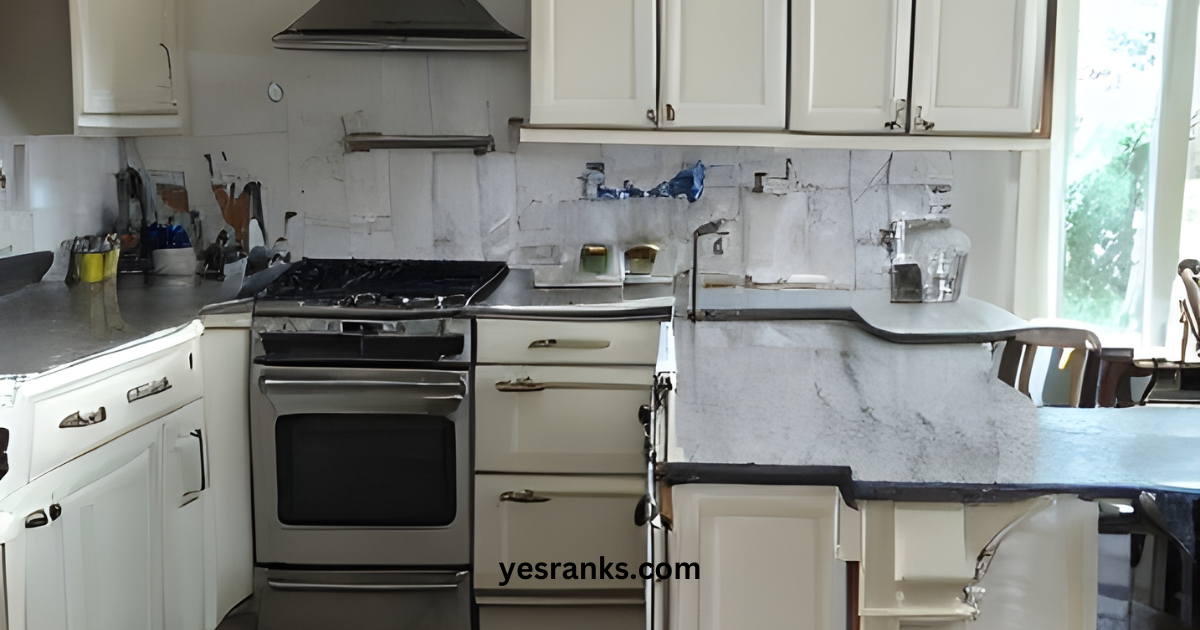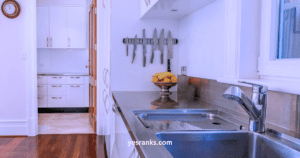
Introduction:
Embarking on a kitchen renovation is a transformative journey, and the concept of a partial kitchen renovation offers a nuanced approach to this undertaking. Unlike an all-encompassing overhaul, a partial renovation allows homeowners to strategically update specific elements of their kitchen while retaining aspects that still serve their purpose. From contemplating the decision to remodel to weighing the pros and cons of DIY ventures, this introduction sets the stage for a detailed exploration of how a targeted renovation can breathe new life into your kitchen space. Join us as we navigate the world of partial kitchen renovations, offering insights and practical advice to make your remodeling journey a seamless and rewarding experience.
Understanding Partial Kitchen Renovation
A partial kitchen renovation offers a strategic approach to upgrading specific elements without the extensive disruption of a complete overhaul. This cost-effective method allows homeowners to focus on areas needing improvement, such as cabinets or countertops, while retaining functional elements.
Exploring the Meaning of Partial Renovation
Before diving into the details, let’s clarify the meaning of a partial renovation. Unlike a complete overhaul, where every aspect is revamped, a partial renovation focuses on specific areas. This targeted approach allows homeowners to address specific concerns without the upheaval of a full-scale remodeling project.
Deciding Whether to Renovate Your Kitchen
The decision to renovate your kitchen is a significant one. Consider factors like the current condition of your kitchen, your budget, and your long-term plans for the space. Ask yourself, “Should I renovate my kitchen?” If your kitchen is outdated, lacks functionality, or no longer suits your lifestyle, a renovation might be the solution.

Weighing the Pros and Cons
| Weighing the Pros and Cons of Partial Kitchen Renovation |
| Pros |
| Cost-Effective: Partial renovations often involve lower costs compared to complete overhauls. |
| Targeted Upgrades: Allows homeowners to focus on specific areas in need of improvement. |
| Reduced Disruption: Minimizes the disruption associated with tearing down and rebuilding the entire kitchen. |
| Retained Functionality: Preserves functional elements, such as a well-designed layout or durable appliances. |
| Cons |
| Limited Transformation: This may not achieve a completely new look compared to a full-scale remodel. |
| Design Cohesiveness: Ensuring a seamless integration of new and existing elements can be challenging. |
| Potential Compromises: Some areas might need updating later, leading to additional costs in the long run. |
Planning Your Partial Kitchen Renovation
Planning Your Partial Kitchen Renovation is a crucial step in ensuring a successful remodeling journey. Begin by assessing your kitchen’s needs and setting clear renovation goals. Establish a realistic budget, considering material and labor costs, and create a detailed timeline to guide the process. Whether you’re a DIY enthusiast or hiring professionals, a well-thought-out plan is the key to a seamless and efficient partial kitchen renovation.
The Best Order to Remodel a Kitchen
Establishing the optimal sequence for a partial kitchen renovation is crucial for a streamlined process. Begin with demolition, addressing structural changes, and then proceed to plumbing and electrical work. The subsequent stages involve installing new features, such as cabinets and countertops, followed by finishing touches like painting and lighting. This systematic approach ensures efficiency and a seamless transition between each phase, resulting in a well-executed kitchen transformation.

DIY Kitchen Remodel: Is It Feasible?
For those with a hands-on approach and a knack for DIY projects, the idea of a do-it-yourself kitchen remodel might be enticing. While DIY projects can save you money, it’s essential to assess your skills and the complexity of the tasks involved. Some aspects, such as electrical or plumbing work, may be best left to professionals.
Pros and Cons of DIY Kitchen Remodeling
| Pros of DIY Kitchen Remodeling | Cons of DIY Kitchen Remodeling |
| Cost Savings: DIY projects can be budget-friendly, eliminating labor costs. | Skill Requirements: Some tasks require professional expertise, and attempting them without it can lead to costly mistakes. |
| Personalized Touch: DIY allows for a unique, personalized design reflecting your preferences. | Time-Consuming: DIY projects often take longer, disrupting daily life for an extended period. |
| Sense of Accomplishment: Completing tasks independently provides a rewarding sense of accomplishment. | Limited Warranty: Professional contractors often provide warranties, which DIY projects may lack. |
| Control Over Timeline: You have control over the project timeline and can work at your own pace. | Potential Errors: Inexperienced DIYers may make errors that compromise the quality of the renovation. |
| Flexibility in Materials: You can choose materials based on personal taste and budget constraints. | Lack of Professional Network: Professionals have industry contacts, aiding in obtaining quality materials and services. |
Complete Kitchen Renovation vs. Partial Renovation
| Complete Kitchen Renovation | Partial Kitchen Renovation |
| Overview: Involves a comprehensive overhaul, tearing down and rebuilding the entire kitchen. | Overview: Targets specific elements, updating without a complete reconstruction. |
| Scope: Addresses every aspect, providing a blank canvas for an entirely new design. | Scope: Focuses on targeted improvements while preserving existing elements. |
| Benefits: Offers the opportunity for a complete transformation and modernization. | Benefits: Strikes a balance between cost-effectiveness and achieving a refreshed look. |
| Considerations: Requires a substantial budget and may lead to extended periods without kitchen access. | Considerations: More budget-friendly, with less disruption to daily life during the renovation. |
| Suitability: Ideal for those seeking a radical change in design and functionality. | Suitability: Suited for homeowners content with their kitchen layout, making specific upgrades. |
| Timeline: Longer timeline due to the comprehensive nature of the renovation. | Timeline: Generally shorter, as it focuses on specific areas rather than the entire space. |
Living Without a Kitchen During Renovation
One of the most challenging aspects of a kitchen renovation is the temporary loss of functionality. Living without a kitchen can be inconvenient, but with proper planning, it’s manageable.
Coping Strategies and Tips
To ease the inconvenience of living without a kitchen during renovation, set up a temporary kitchen in another part of your home. Consider using appliances like microwaves and toaster ovens and utilizing disposable plates and utensils. Establishing a designated space for meal preparation can help maintain some semblance of normalcy.
Estimating the Cost of a Partial Kitchen Remodel
A compact kitchen makeover, covering spaces of 120 square feet or less, typically ranges from $4,000 to $18,000. However, the term “small remodel” extends beyond size, also encompassing a scaled-down or partial transformation of larger spaces. For partial kitchen renovations, the cost hovers between $60 to $150 per square foot, focusing on aesthetic refreshment while maintaining the existing layout.
Breaking Down the Costs
A partial kitchen remodel cost can include expenses for new cabinets, countertops, flooring, appliances, and labor. Break down the costs for each component to identify areas where you can potentially save money. Prioritize essential upgrades and allocate funds accordingly.
Conclusion
Embarking on a partial kitchen renovation, a key aspect of kitchen remodeling, is a strategic way to enhance your living space without the upheaval of a complete overhaul. By carefully planning the process, considering the order of tasks, and weighing the pros and cons of DIY endeavors, you can transform your kitchen into a functional and stylish space.



